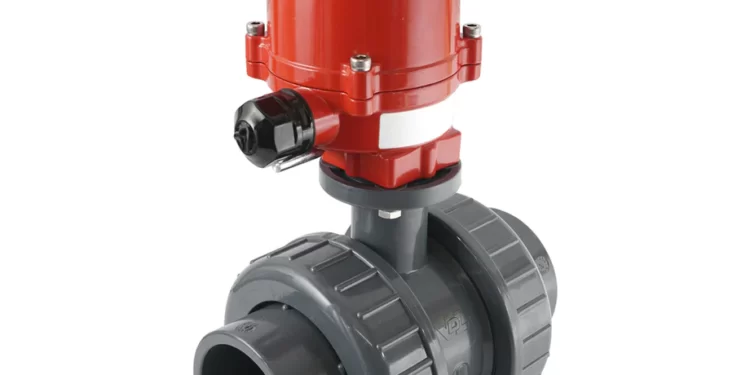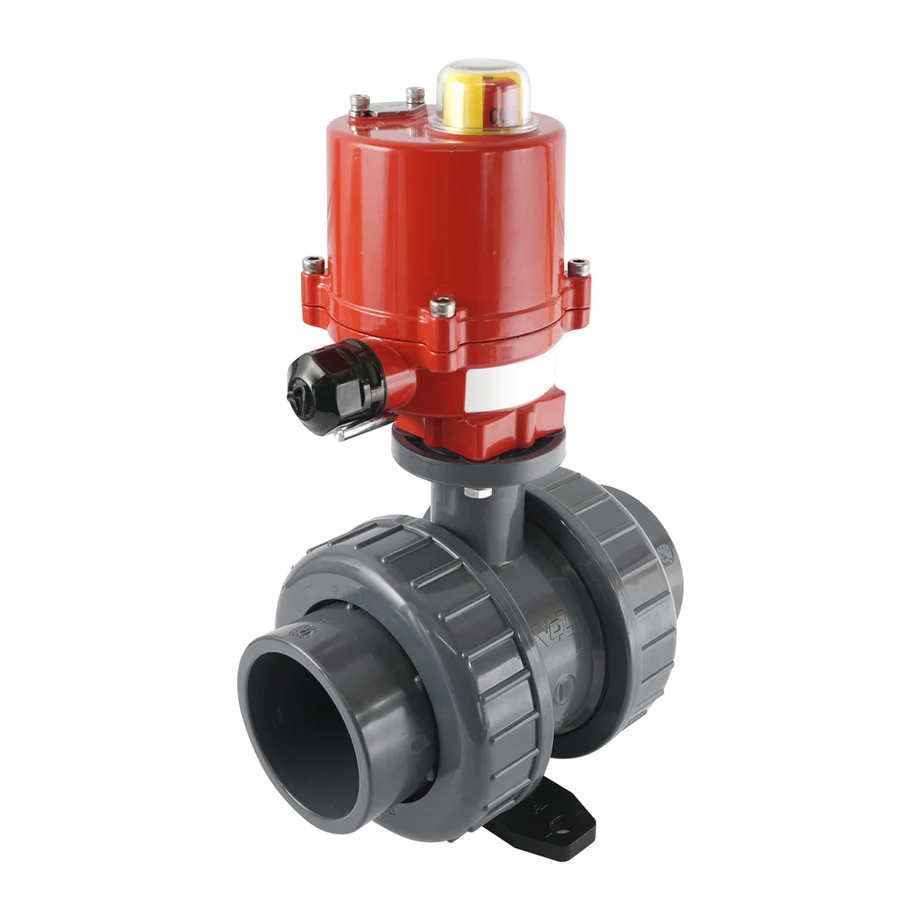Maintaining a healthy and balanced environment in your home aquarium is a top priority for aquarists. One critical component that often goes unnoticed is the ball valve. A ball valve is pivotal in controlling water flow within your aquarium system. In this user-centric technical article, we will explore the importance of ball valves in home aquariums, their key functions, installation, and how they contribute to the well-being of your aquatic pets.
Understanding Ball Valves
A ball valve is a device used to regulate the flow of water in a plumbing system. It consists of a spherical mechanism with a hole through it. Water flows when the hole aligns with the pipe, and when it’s turned perpendicular to the pipe, water is shut off.
Ball Valves For Aquariums
Ball valves are essential for the health and well-being of your aquatic pets and the overall functionality of your home aquarium system. Here’s why they matter:
- Flow Control: Ball valves allow you to adjust and fine-tune the flow of water in your aquarium. This is crucial for creating currents, adjusting filter flow rates, and controlling the circulation of water in the tank.
- Maintenance: They enable you to isolate specific sections of the aquarium system for maintenance. This prevents you from needing to shut down the entire system when you want to clean or repair a particular component, reducing stress on your fish.
- Emergency Shut-off: In case of a sudden problem like a leak or malfunction, a ball valve can be quickly turned off to stop water flow, preventing damage to your aquarium, home, and the inhabitants within.
How Ball Valves Work
Understanding the basic functioning of ball valves is essential for their effective use in your home aquarium system:
- Inside a ball valve, there’s a ball (the spherical mechanism) with a hole that runs through it. When the ball’s hole aligns with the pipe, water flows through it, and when the ball is turned, the hole is perpendicular to the pipe, blocking the water flow.
- A handle is attached to the ball, and turning this handle controls the orientation of the ball. Water flows when the handle is in line with the pipe; when it’s perpendicular, water is shut off. The ball valve can also be actuated electrically or pneumatically.
Installation and Placement
Installing ball valves in your home aquarium system is a straightforward process:
- Choose the Right Size: Select the appropriate size of ball valve that matches your aquarium’s plumbing.
- Determine Placement: Decide where you want to install the ball valve. Common locations include the inlet and outlet of filtration systems, protein skimmers, and UV sterilizers.
- Cut the Pipe: Use a pipe cutter to make a clean, precise cut in the plumbing where you plan to install the valve.
- Attach the Valve: Secure the ball valve to both ends of the cut pipe. Ensure the handle is accessible for easy operation.
- Tighten and Test: Use the appropriate tools to secure the connections, and then test the valve by turning the handle to ensure it controls water flow as expected.
Maintenance and Troubleshooting
Maintaining ball valves is relatively simple. Here are a few maintenance and troubleshooting tips:
- Regular Cleaning: Algae and debris can accumulate on the ball and within the valve over time. Periodically disassemble the valve and clean it to maintain smooth operation.
- Leakage: If you notice water leakage around the valve, check the connections for tightness and inspect the ball for damage or wear. Replacing the ball or O-rings can solve leakage issues.
- Stiff Handle: If the handle becomes difficult to turn, it might be due to corrosion. Lubricate the handle with a food-grade silicone lubricant to restore smooth operation.
Conclusion
In the world of home aquariums, ball valves play a significant role in maintaining a healthy and well-regulated aquatic environment. Understanding their functions, correct placement and simple maintenance can make a big difference in the health and happiness of your fish and other aquatic inhabitants. Whether you’re controlling water flow, facilitating maintenance, or responding to emergencies, ball valves are your trusty allies in the world of aquarium management.







